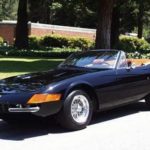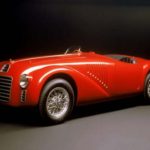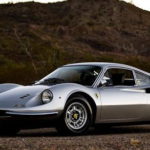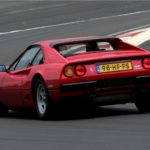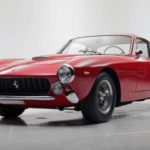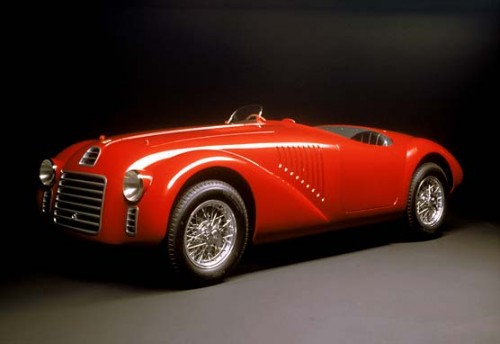Ferrari Testarossa 1984 - 1996 - Model history
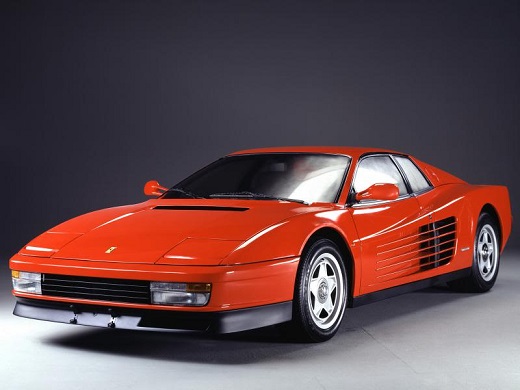
Ferrari Testarossa
The legendary Italian vehicle manufacturer, which gained a name on the tracks until that period, always produced serial models just enough to qualify for motorsport and of course have enough money for it, but in the class of serial models it almost never had competition. And then Lamborghini appeared and started making a name for himself. It first debuted the Muira model as the first production car with a centrally mounted engine to be produced in large numbers, followed by the legendary Countach in the early 1970s and completely changed the standards of the supercar. Although Ferrari had to wait 13 years for the right answer, with the presentation of the Testarossa model, it returned the Italian giant to the top of the world. The Ferrari Testarossa not only also set class standards, but in just seven years of production, approximately 10,000 units were produced, an unprecedented figure for supercars even for today’s standards. But let's go in order…
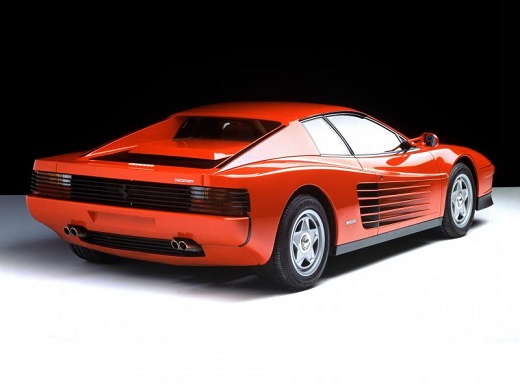
Ferrari Testarossa
When Lamborghini introduced the Miura in 1967, Enzo Ferrari didn't seem too concerned. Although the new competitor was beginning to make a name for itself with a centrally mounted engine, Enzo felt that this strategy was not ideal for street use and should only be used in auto sport. For the first time in a long time, Ferrari began to lose track, especially in the Le Mans series, where the Ford GT40 won the title four times in succession. Enzo decided to test the market, so, in 1968, debuted a centrally-mounted, low-cost Dino model, but in larger and more expensive cars, the Ferrari owner still didn't want to go far with the proven formula. And then the mentioned Countach came on the market and completely changed the standards in the class. Overnight interest in Lamborghini has jumped a great deal, and soon the order list was large.
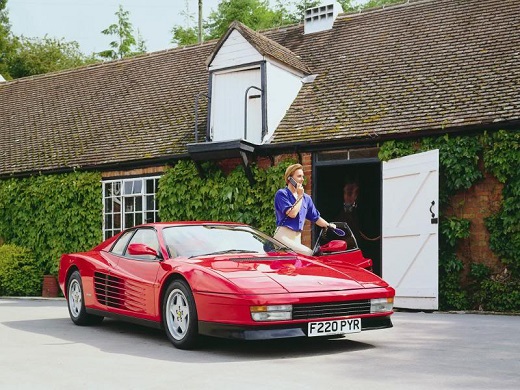
Ferrari Testarossa
Enzo no longer wanted to wait and ordered the production of a competitor with the same strategy. The said model debuted in 1973 under the Berlinetta Boxer label and a centrally placed 12 hp V380 engine from Ferrari Dayton. Although on paper it had all the qualifications to be as successful as Countach, including very similar front design lines, the Berlinetta Boxer never lived up to expectations and by 1984, when production ceased, only 2,323 copies had been produced. Wanting to increase sales, Ferrari would often present special versions of this car, and one of them was the 512i BB. Introduced in 1981, the 512i BB was named after the size of the engine and the number of cylinders (5.0L V12), but despite the high speed, it had several major shortcomings. They mainly referred to the lack of space in the interior, as well as the high heat in the interior due to the position of the engine. For this reason, Ferrari began work on a new car in the same year, the Testarossa ("red hair" in Italian), with the aim of correcting all the errors of the 512i BB.
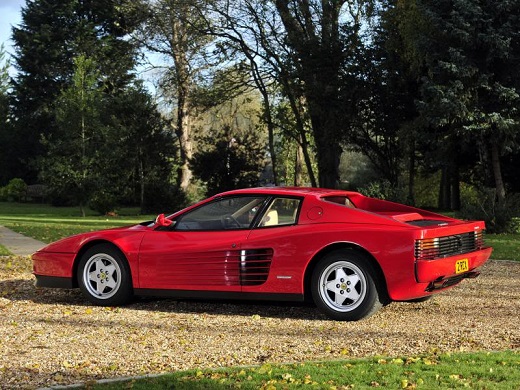
Ferrari Testarossa
For starters, the dimensions have been increased in every way, starting with the chassis itself, which gained 64 mm in dimensions and now stood at 2,550 mm. This opened up extra space in the interior, but also with more space for the new engine. The legendary Pininfarina house, specifically designer Leonardo Fioravanti, took care of the design, having worked on many models of the Italian vehicle manufacturer in the past. As a result, one of the most beautiful supercars of the 1980s was created, which, although much like the 512i BB, had many specific characteristics, especially in the form of openings on both sides of the vehicle. Refrigerators and improved aerodynamics were set up at these locations, thanks to which Testarossi did not need a spoiler for stability like Countach. The car itself was very aerodynamic and very similar to the Countach, especially in the form of the front, but the rear was something completely new, unprecedented in the auto industry.
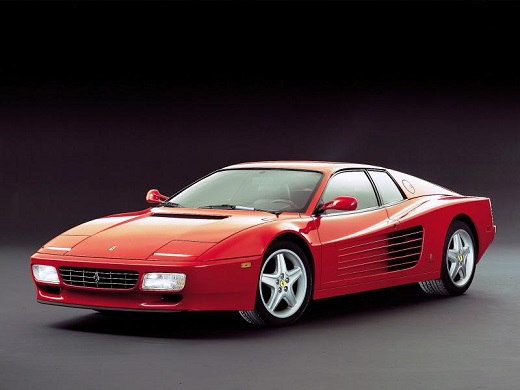
Ferrari Testarossa
The official presentation followed at the 1984 Paris Motor Show, where Ferrari announced that it was the successor to the legendary TR race cars, which dominated the tracks before and after World War II. The centrally positioned 12L V4.9 engine developed 390 hp while power was transmitted to the rear wheels via a five-speed manual transmission. On paper, the performance was phenomenal, with acceleration up to 100 km / h in 5.3 seconds and a top speed of 290 km / h, but some media outperformed the numbers. As expected, the media only had words of praise. The starting price of $ 181,000 didn't seem too high to know what this car was all about, and many agree that it was significantly more stable and easier to drive compared to its main rival, Countach. The waiting list was long and the proud owners included Elton John, Alain Delon and Gerhard Berger. However, perhaps the most famous Ferrari Testarossa was the one that Don Johnson drove in the popular Miami Vice series.
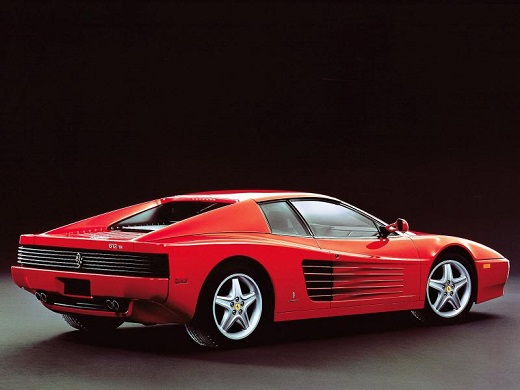
Ferrari Testarossa
Interestingly, only two specimens in the series were genuine Ferrari Testarossa while the other models were replicas made on the De Tomaso Panther. Unlike other company models, the Ferrari Testarossa had a very limited history in auto sport and was intended more for street use. The first special model arrives two years after production began, and the Spider was made in just one copy for Gianni Agnelli, the then Fiat president (who owned Ferrari). Other Testarosse owners soon came forward and demanded that Pininfarina convert the coupe into a convertible, which was approved by the Italian vehicle manufacturer. The Ferrari Testarossa name remained in production, unchanged, until 1991, by which time 7,177 units had been produced. But Ferrari did not want to give up so easily, and in the same year the 512 TR debuted. This car retained most of the lines from the Testarosse, but received a boost to the already existing 4.9L V12 engine at 428 hp. This reduced the acceleration to 100 km / h in 4.9 seconds with a top speed of 314 km / h.
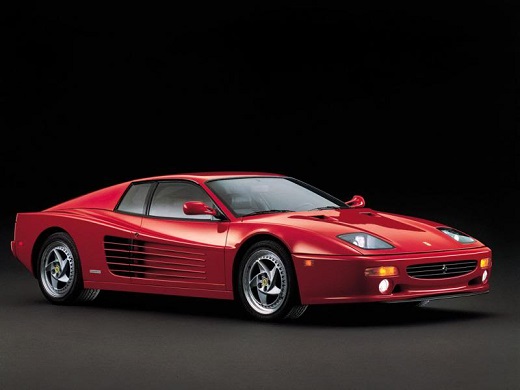
Ferrari Testarossa
Interestingly, this is also the first Ferrari to recall in 1995 when all 400 units were pulled off the streets due to seat belt problems. The 512 TR, by the way, was very popular with buyers, although the price has now exceeded the figure of $ 200,000, and in the three years of production the factory left 2,280 copies. The successor to the 512 TR was the F512 M, which was also the last special version of the Testarosse. Engine power was increased to 440 hp while the front end received minimal design changes, mostly in the form of open headlights. In two years of production, only 500 copies were sold, of which 75 had a right-hand drive. By this time, Ferrari had been working hard on the successor, the 550 Maranello, which debuted in 1996 and again provided the engine forward. Throughout its history, the Ferrari Testarossa has been the most famous model of the Ferrari, although it was the first model of the company that did not have much sporting success behind it.
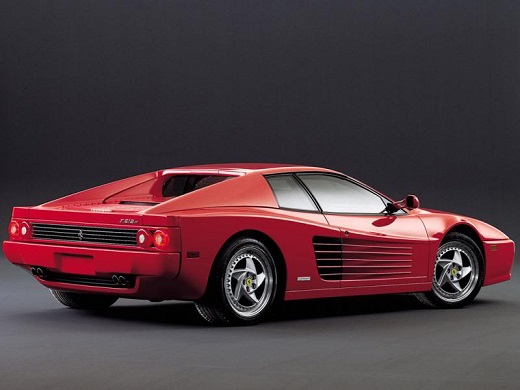
Ferrari Testarossa
Its chassis has survived for over 30 years on the market, making it the oldest Ferrari car, and of the five different versions, the Testarossa is certainly the most famous today. Today, Ferrari is a leader in the supercar world, despite rivals such as the Lamborghini, McLaren, and even Porsche. The question is whether this would be possible Ferrari Testarossa was not a great success that pulled the Italian firm out of a severe crisis during the 1980s.
Author: Talladega
Pictures: Ferrari
Retrieved from: www.brzabrzina.com
Recommendation of similar texts:

Hi there, I am Mladen and I am an auto enthusiast. I started this blog years ago to help like minded people share information about latest cars, car servicing ideas, used car info, exotic cars, and auto technology. You will find helpful articles and videos on a wide variety of cars - Audi, Mercedes, Toyota, Porsche, Volvo, BMW and much more. Ping us if you have anything cool to share on latest cars or on how to make older cars more efficient, or just want to say hi!

